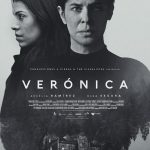Blue Is the Warmest Colour (2013)
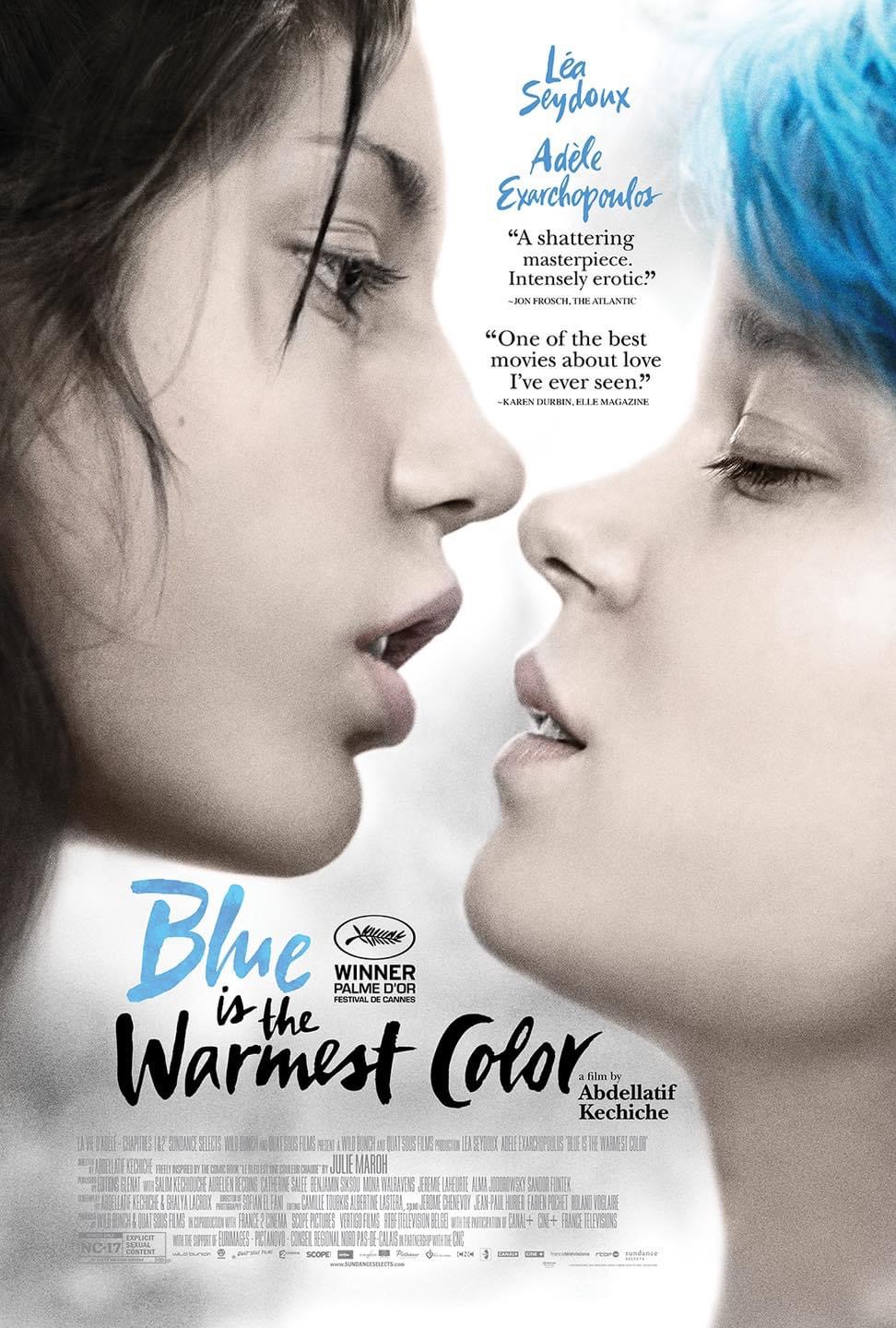
Blue Is the Warmest Colour (2013), directed by Abdellatif Kechiche and based on the graphic novel by Julie Maroh, is a visually captivating and emotionally raw coming-of-age drama that explores themes of love, identity, and self-discovery. The film is most notable for its intense and unflinching portrayal of a relationship between two women, Adele and Emma, and the deeply personal way it delves into the inner world of its protagonist, Adele.
Suggested videos for you:
Plot Summary
The story follows Adele (played by Adèle Exarchopoulos), a high school student navigating the complexities of adolescence. At the start, she is in a relationship with a boy but soon realizes that she is unsatisfied and conflicted about her feelings. Her world changes dramatically when she encounters Emma (played by Léa Seydoux), a free-spirited art student with striking blue hair. The two women embark on a passionate love affair that transforms Adele’s understanding of love, desire, and her own identity.
The narrative spans several years, chronicling the evolution of their relationship as Adele matures, deals with the joys and heartaches of first love, and confronts the struggles of living authentically in a society that often imposes restrictive norms.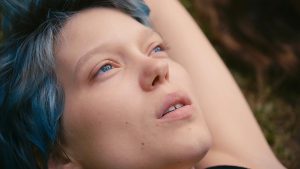
Performances
The performances of the lead actresses are the heart and soul of the film, and both Adèle Exarchopoulos and Léa Seydoux deliver career-defining work. Exarchopoulos, in particular, gives a profoundly moving and naturalistic portrayal of Adele. Her performance is raw, vulnerable, and entirely convincing as she navigates the emotional highs and devastating lows of her character’s journey. Exarchopoulos inhabits Adele with a subtlety that makes the character feel achingly real, particularly in moments of confusion, longing, and heartbreak.
Seydoux, as Emma, is equally captivating but with a more controlled, confident energy. Emma’s character is the more experienced, assured half of the relationship, and Seydoux’s performance reflects this—she exudes a sense of self-possession and determination that contrasts with Adele’s emotional vulnerability. Their chemistry is undeniable and forms the backbone of the film’s emotional impact.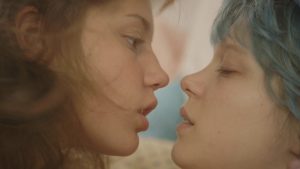
Direction and Cinematography
Abdellatif Kechiche’s direction is both intimate and immersive, utilizing a naturalistic style that allows the viewer to deeply inhabit Adele’s world. Much of the film is shot in close-up, particularly focusing on Adele’s face, which serves as a canvas for the film’s emotional intensity. Kechiche places the audience in close proximity to the characters, allowing us to witness every flicker of emotion, every subtle shift in body language, which makes the experience feel intensely personal.
The cinematography, by Sofian El Fani, enhances this sense of intimacy with its often handheld, observational camera work. The color blue plays a significant role in the visual language of the film, symbolizing both the passion and melancholy that comes to define Adele’s relationship with Emma. Blue is most notably associated with Emma’s hair but also appears throughout the film in various settings and costumes, creating a subtle thematic thread that ties into the story’s exploration of love and identity.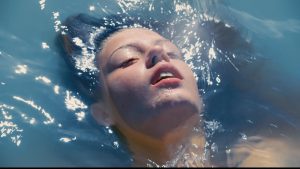
Themes and Emotional Depth
Blue Is the Warmest Colour is a deeply introspective film that focuses less on plot and more on the internal emotional landscapes of its characters. The film is primarily about Adele’s emotional and sexual awakening, and it is unafraid to delve into the complexities and messiness of desire. The film’s depiction of first love is raw and unvarnished, showing not only the beauty and intensity of falling in love but also the pain and confusion that often accompany it.
One of the film’s most compelling aspects is how it explores the intersection of love and personal identity. Adele’s journey is not only about discovering her sexual orientation but also about coming to terms with who she is as a person, independent of her relationships. The film portrays the process of self-discovery as both exhilarating and painful, highlighting how love can shape and influence one’s sense of self, for better or worse.
At its core, the film is an exploration of the emotional complexity of relationships—how they evolve over time, how desire can fade, and how the loss of love can be devastating. The film’s final act, which deals with the dissolution of Adele and Emma’s relationship, is particularly poignant. It captures the bittersweet nature of love—how it can be transformative but also fleeting, and how it can leave lasting scars.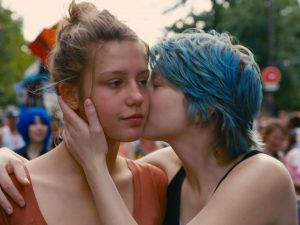
The Controversial Sex Scenes
One aspect of the film that has generated significant discussion and controversy is its explicit sex scenes, particularly a prolonged scene between Adele and Emma that lasts several minutes. The scene, while undeniably graphic, has been both praised for its boldness and criticized for its male gaze. Some viewers and critics felt that the scene was voyeuristic and overly stylized, detracting from the emotional authenticity of the characters’ relationship. Julie Maroh, the author of the original graphic novel, was also critical of the scene, describing it as unrealistic.
Despite the controversy, the film’s depiction of sexuality is integral to its exploration of Adele’s identity and desire. The sex scenes, while explicit, serve as a crucial part of Adele’s journey of self-discovery, illustrating the intensity and physicality of her connection with Emma. Whether or not one agrees with the way the scenes are filmed, their importance to the narrative cannot be denied.
Criticism and Reception
Blue Is the Warmest Colour received widespread acclaim upon its release and won the prestigious Palme d’Or at the Cannes Film Festival in 2013, with both lead actresses sharing the award with the director—a rare honor. The film was praised for its emotional depth, the performances of Exarchopoulos and Seydoux, and its willingness to tackle challenging themes around love and identity.
However, the film was not without its detractors. Some critics took issue with its length (at nearly three hours, it is a long, slow-burn character study), while others questioned the representation of a lesbian relationship from a male director’s perspective. The on-set difficulties between Kechiche and his actresses also became a point of controversy, with both Seydoux and Exarchopoulos speaking about the emotionally taxing and sometimes uncomfortable shooting process.
Conclusion
Blue Is the Warmest Colour (2013) is a deeply emotional and visually arresting film that offers a raw and honest portrayal of love and personal growth. Anchored by extraordinary performances from Adèle Exarchopoulos and Léa Seydoux, it is a film that immerses viewers in the intensity of first love and the complexities of discovering oneself. While it is not without its controversies, particularly regarding its depiction of sex and the male gaze, the film’s emotional resonance and exploration of identity make it a powerful and thought-provoking piece of cinema.
It is a film that lingers in the mind long after the credits roll, not just for its depiction of a passionate relationship, but for its universal exploration of love, loss, and self-discovery.


